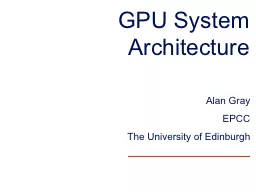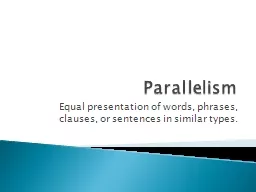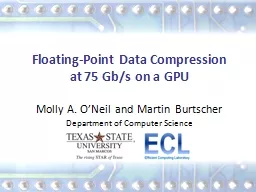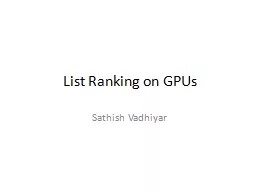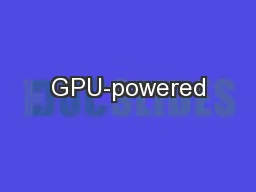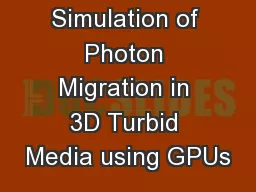PPT-Exploiting Parallelism on GPUs
Author : articlesnote | Published Date : 2020-09-28
SeJoon Chung Background and Key Challenges The trend in computing hardware is parallel systems It is challenging for programmers is to develop applications that
Presentation Embed Code
Download Presentation
Download Presentation The PPT/PDF document "Exploiting Parallelism on GPUs" is the property of its rightful owner. Permission is granted to download and print the materials on this website for personal, non-commercial use only, and to display it on your personal computer provided you do not modify the materials and that you retain all copyright notices contained in the materials. By downloading content from our website, you accept the terms of this agreement.
Exploiting Parallelism on GPUs: Transcript
Download Rules Of Document
"Exploiting Parallelism on GPUs"The content belongs to its owner. You may download and print it for personal use, without modification, and keep all copyright notices. By downloading, you agree to these terms.
Related Documents



